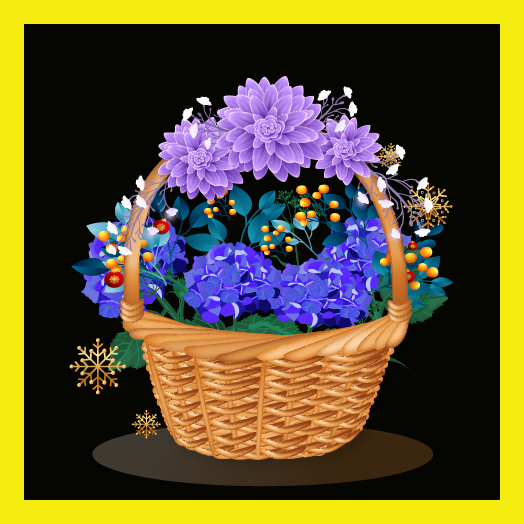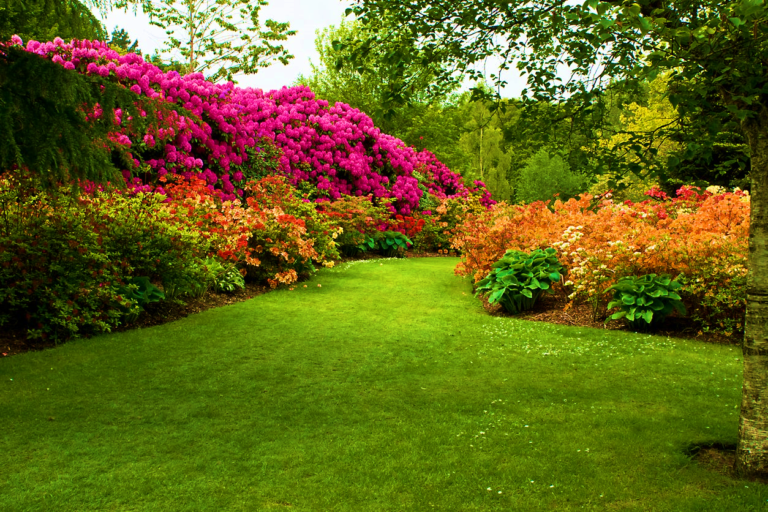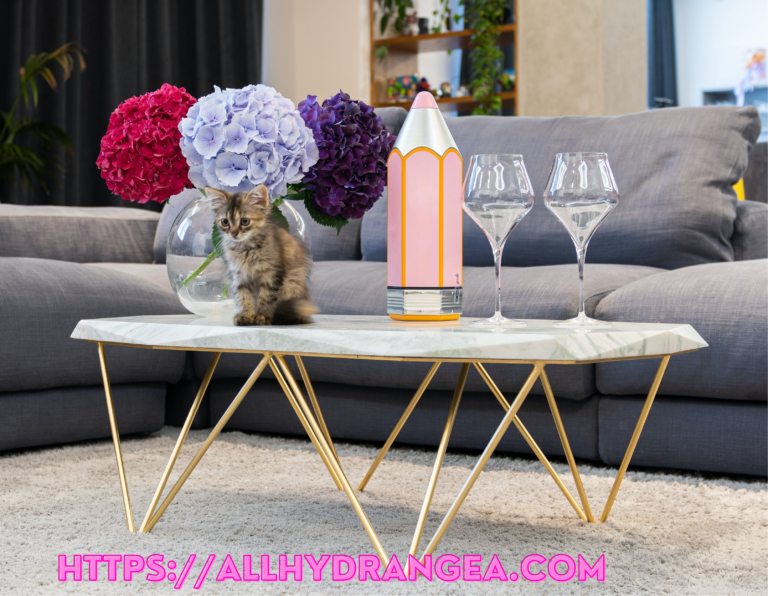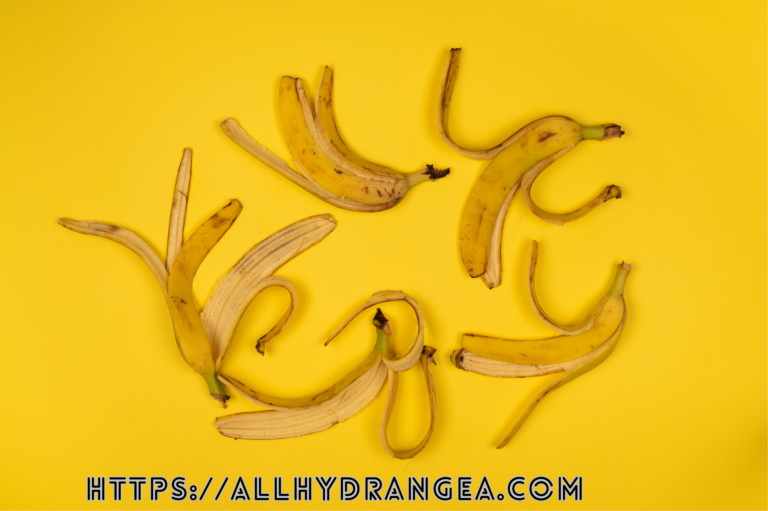How to Grow Fragrant Hydrangeas in Your Garden

Hydrangeas, fragrant with their large, colorful blooms, are popular ornamental plants in gardens worldwide. All hydrangeas are not made equal, though, when it comes to smell. While some emit a delightful aroma that fills the air with sweetness, others may lack any noticeable scent. In this post, we explain which varieties of fragrant hydrangeas have a pleasant perfume as well as how to use them in your garden to create a sensory haven.
To grow fragrant hydrangeas in your garden

To grow fragrant hydrangeas in your garden, follow these steps:
Choose the Right Variety:
Some hydrangea varieties are more fragrant than others. Look for cultivars known for their pleasant scent, such as Hydrangea macrophylla ‘Ayesha’ or Hydrangea paniculata ‘Limelight.’
Select a Suitable Location:
Hydrangeas prefer well-draining soil and partial shade to thrive. Choose a location in your garden that receives morning sun and afternoon shade to avoid stressing the plant.
Prepare the Soil:
Hydrangeas prefer slightly acidic soil. Amend the soil with organic matter, such as compost, and add sulfur to lower the pH if needed.
Planting:
Dig a hole slightly larger than the root ball of the hydrangea and place it in the hole. Backfill with soil and water thoroughly.
Watering:
Hydrangeas need consistent moisture, especially during the growing season. Water deeply and regularly, but avoid overwatering.
Mulching:
Apply a layer of mulch around the base of the hydrangea to retain moisture and suppress weeds.
Fertilizing:
Use a balanced fertilizer for hydrangeas in spring and early summer to promote healthy growth and blooming.
Pruning:
Some hydrangea varieties bloom on old wood, while others bloom on new wood. Prune accordingly to avoid cutting off potential flower buds.
Deadheading:
Removing spent flowers can encourage the plant to produce more blooms and prevent seed formation.
Pest and Disease Control:
Monitor your hydrangeas regularly for pests and diseases, and take appropriate measures to control any issues that arise.
Protect from Extreme Weather:
Hydrangeas can be sensitive to extreme heat or cold. Provide protection during harsh weather conditions to prevent stress on the plant.
By following these steps and providing the right conditions, you can enjoy beautifully fragrant hydrangeas in your garden throughout the blooming season.
Hydrangea Scent in Popular Culture

Throughout the ages, Hydrangeas have captivated garden enthusiasts, earning them a cherished spot in popular culture, where their beauty and fragrance have been exalted.
In the realm of literature, Hydrangeas have found their way into numerous works, leaving a delicate mark. For instance, F. Scott Fitzgerald’s novel “The Great Gatsby” portrays the character Daisy Buchanan wearing a dress “the color of hydrangeas,” adding a touch of natural splendor to her image.
Another notable mention is found in Arthur Golden’s “Memoirs of a Geisha,” where the protagonist marvels at the “sweet and heavy” aroma of these magnificent blooms.
Beyond the pages, Hydrangeas have also graced the realms of art and music. Claude Monet’s masterpiece “Hydrangeas” captures their essence in soft, pastel hues, instilling a sense of serenity and tranquility.
Moreover, in the hauntingly beautiful song “Hydrangea” by Japanese singer-songwriter Yumi Matsutoya, the flower serves as a poignant metaphor for lost love, deepening the flower’s significance.
Through these portrayals in various forms of artistic expression, Hydrangeas have become a beloved emblem of beauty and elegance in popular culture, with their enchanting scent further heightening their allure.
Understanding Hydrangea Varieties

Understanding the wide range of fragrant hydrangea kinds is crucial before exploring the scent aspect. The Hydrangea genus includes numerous species and hybrids, each showcasing unique characteristics in terms of bloom size, shape, color, and growth habit. The most common species grown in gardens are:
1. Hydrangea macrophylla (Bigleaf Hydrangea):
Known for their large, rounded flower clusters, these hydrangeas are further classified into two main groups based on their flower heads: mophead and lace cap.
2. Smooth hydrangea, Hydrangea arborescens
These hydrangeas are known for their capacity to thrive in a variety of conditions and frequently have circular clusters of tiny blooms.
3. Hydrangea paniculata (Panicle Hydrangea):
Featuring elongated, cone-shaped flower clusters, these hydrangeas are celebrated for their hardiness and ability to bloom in full sun.
4. Hydrangea quercifolia (Oakleaf Hydrangea):
Named for their oak-like foliage, these hydrangeas produce cone-shaped clusters of flowers and often display stunning fall foliage.
The Fragrant Hydrangeas

Only a small number of the numerous hydrangea species and cultivars provide a pleasing scent. The presence of fragrance in hydrangeas is less frequent than in some other flowering plants, such as jasmine or roses. However, for those who appreciate scented gardens, there are notable aromatic hydrangeas to consider:
1. Hydrangea macrophylla ‘Ayesha’:
This unique cultivar stands out for its enchanting fragrance, reminiscent of sweet tea. Its large, mophead flowers boast a mix of pink and blue hues, further adding to its allure.
2. Hydrangea macrophylla ‘Hamburg’:
Often referred to as the ‘Blue Ball,’ this cultivar offers an intense fragrance, making it a delightful addition to any scented garden.
3. Hydrangea paniculata ‘Phantom’:
As one of the few fragrant panicle hydrangeas, ‘Phantom’ produces sweetly scented, elongated flower clusters that age to a pinkish hue, creating a stunning visual display along with its aromatic appeal.
4. Hydrangea quercifolia ‘Alice’:
Not only admired for its lovely white blooms and oak-shaped leaves, ‘Alice’ emits a pleasing fragrance that enchants both gardeners and pollinators alike.
Factors Influencing Fragrance
Genetics, habitat, and unique plant traits are just a few of the variables that might influence whether hydrangeas are fragrant or not. Here are several important factors that affect whether or not hydrangeas are fragrant:
1. Genetics
The ability of a hydrangea plant to produce scent is significantly influenced by its genetic makeup. While certain cultivars may not have received the gene that produces a perfume, others may have been selectively developed for certain qualities, including fragrance.
2. Environmental Conditions:
Environmental factors significantly impact a hydrangea’s fragrance. Sunlight, temperature, humidity, and the type of soil can all have an impact on how strongly scented hydrangea flowers are.
3. Plant Health:
The ability of a hydrangea plant to produce fragrant blooms depends on its general health and vitality. Proper care, including regular watering, adequate fertilization, and disease prevention, can promote healthier plants and potentially enhance their fragrance.
Tips for Creating a Fragrant Hydrangea Garden

Gardeners should consider the following guidance when including scented hydrangeas in their landscape to maximize their attraction.:
1. Choose the Right Varieties:
Research and select hydrangea cultivars known for their fragrance. Some garden centers may label plants as “fragrant,” but it’s always best to verify through reliable sources or ask local experts for recommendations.
2. Plant Location:
Plant scented hydrangeas in strategic locations, such as next to seating areas, patios, or walks, where you usually spend time. This ensures you can fully enjoy their delightful scent.
3. Planting companions:
For a rich sensory experience in your garden, blend fragrant hydrangeas with aromatic plants like lavender, roses, or jasmine.
4. Timeframe
Remember that various hydrangea varieties bloom at different times throughout the year, ensuring a continuous fragrance during the growing season.
What are some other fragrant flowers?
There are numerous fragrant flowers that can fill the air with delightful scents. Here are some other examples of fragrant flowers:
Lilac (Syringa)
Honeysuckle (Lonicera)
Gardenia (Gardenia jasminoides)
Lavender (Lavandula)
Sweet Alyssum (Lobularia maritima)
Dianthus (Dianthus)
Freesia (Freesia)
Jasmine (Jasminum)
Peony (Paeonia)
Sweet Pea (Lathyrus odoratus)
Hyacinth (Hyacinthus)
Rose (Rosa)
Lily of the Valley (Convallaria majalis)
Mock Orange (Philadelphus)
Sweet Autumn Clematis (Clematis terniflora)
These are just a few examples, and there are many more fragrant flowers that vary in scent and bloom time, allowing you to create a scented garden experience throughout the year.
Conclusion
While not all hydrangeas have a pleasant scent, those that do may give a garden a magical touch. ‘Ayesha,’ ‘Hamburg,’ ‘Phantom,’ and ‘Alice’ are some fragrant hydrangeas that have the ability to enchant our senses with their exquisite aromas. When planting hydrangeas, consider not only their beauty but also their fragrance potential to create a sensory oasis that will delight both you and your garden’s visitors. Fragrant hydrangeas may be the focal point of a perfumed garden that makes an impression with the right selections and maintenance.
FAQ’S
The PeeGee hydrangea, also known as Hydrangea paniculata ‘Grandiflora,’ emits a delightfully sweet scent. This specific variety can reach heights of up to 20 feet and is adaptable for training as a small tree. Another hydrangea known for its fragrance is the climbing hydrangea, scientifically called Hydrangea anomala subsp. petiolaris.
Most Fragrant Flowers | Petal Talk Top 12 Most Fragrant Flowers in the World
Gardenia
Rose
Lily
Magnolia
Jasmine
Freesia
Honeysuckle
Lavender
Jasmine:
Regarded as the epitome of fragrance, Jasmine finds its way into the perfume and cosmetic industries. Renowned for their soothing scent, these blossoms are also embraced in aromatherapy for their ability to calm the mind.
Gardenia stands as a paragon of fragrant flowers, emanating one of the most beloved scents in the world of gardens. For those residing in warmer climates, the ideal seasons for planting this shrub are fall or spring. Additionally, this aromatic beauty can be nurtured as a fragrant houseplant, though it may demand special attention to indoor humidity levels. Nevertheless, its alluring aroma makes the effort well worth it, adding a touch of elegance and enchantment to any space.
Even though it may not be your initial choice for a cut flower, the oakleaf hydrangea surprises you with its beauty and long-lasting appeal when used in floral arrangements. Additionally, it boasts a delicate, delightful scent that adds to its allure.






One Comment